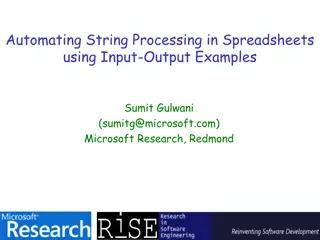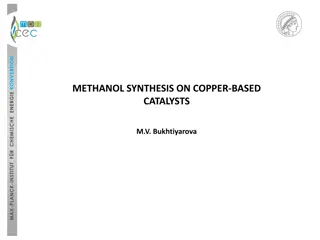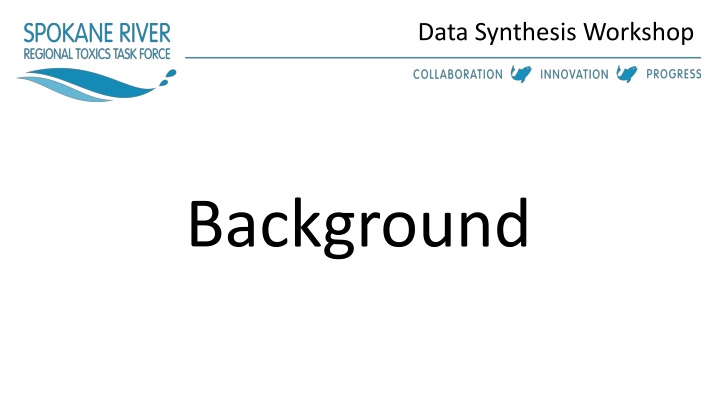
Data Synthesis Workshop: Managing PCBs in Spokane River Watershed
Dive into a science-driven data synthesis workshop focused on reducing PCBs in the Spokane River Watershed. Explore sources of contamination, critical data gaps, and recommended control actions for managing pollutants effectively.
Uploaded on | 0 Views
Download Presentation

Please find below an Image/Link to download the presentation.
The content on the website is provided AS IS for your information and personal use only. It may not be sold, licensed, or shared on other websites without obtaining consent from the author. If you encounter any issues during the download, it is possible that the publisher has removed the file from their server.
You are allowed to download the files provided on this website for personal or commercial use, subject to the condition that they are used lawfully. All files are the property of their respective owners.
The content on the website is provided AS IS for your information and personal use only. It may not be sold, licensed, or shared on other websites without obtaining consent from the author.
E N D
Presentation Transcript
Data Synthesis Workshop Background
Acknowledgements Additional Ecology Staff Sandra Treccani Jeremy Schmidt Jim Medlen Will Hobbs Debby Sargeant Adriane Borgias Lands Council Chelsea Updegrove* Amanda Parish Mike Petersen Workshop Core Group: Mike Hermanson Dave Dilks Joel Breems Bud Leber* Karl Rains* Jeff Donovan Jim Ross Brandee Era-Miller John Beacham Lisa Dally Wilson SRSP Presenters Dave Dilks, LimnoTech* Dr. Lisa Rodenberg, Rutgers Siana Wong, Ecology Brandee Era-Miller* Facilitation Team Lisa Dally Wilson* Lara Floyd* Ben Floyd* Kara Whitman
Data Synthesis Workshop A science driven, deep dive into the data to provide useful information to the Task Force to inform their next steps
Data Synthesis Workshop Overall Objective Answer the question: Where should the Task Force focus control efforts to most effectively reduce PCBs in the Spokane River Watershed ? Comprised of two parts: 1. 2. What are the sources of PCB to the river? How does each source contribute to concentrations in the water and fish?
Data Synthesis Workshop Workshop Intent Provide an overall summary of the available data Provide results of new analyses defining the extent to which these data can address key management questions Identify critical data gaps, and (potentially) field studies to help fill those gaps Is the (given) data set sufficient to improve our understanding of conditions/relationships? Which data gaps are worth filling (eg., is the source big enough to matter) and at what cost? Assess management actions that could be taken to address key sources, once the gaps are filled
Data Synthesis Workshop Expected Outcomes Recommendations to the TTWG regarding monitoring activities to be supported in 2019 (and potentially beyond) that are specifically targeted to allow the Task Force to best manage PCBs in the Spokane River watershed. Recommendations for specific sources to be considered for additional control actions. A first step towards addressing key longer-term questions such as What level of effort should be invested in monitoring for future years? and At what point do we expect to see diminishing returns? Recommendations for assessing trends/progress.
Data Synthesis Workshop Highlights
Suggestions, Take-Aways, Ah has Sampling/Data Collection/Holistic Monitoring Program When designing any future data collection activities that could be used for modeling purposes, coordinate spatial measurement of fish, sediment, biofilm, water column. Don t randomly collect samples. Design monitoring plan based on what we expect is going to happen. Consider forecasts for: Municipal treatment plants tertiary treatment Industrial treatment plants Mitigation of Kaiser groundwater plume Consider sampling with composites, or sediment, biofilm or fish if it gets much cleaner, we won t be able to quantitatively measure the water column concentrations We need an NSF grant: 5 years, Big $$, interdisciplinary team with defined project area and questions to be answered. Recent Storms are a great test of CSO Tanks - collect data to check effects
Suggestions, Take-Aways, Ah has Sampling/Data Collection/Holistic Monitoring Program (cont) We should float the river with data/maps this summer and help Brandee and Siana scrape rocks. SRSP (funding and Lisa s time to organize, Lands Council to help host/organize). (Knowledge). Dr Rodenburg s New info talk reinforces our need for a big picture, long term, experimental design. We ve been playing whack-a-mole with one-off monitoring data. Let s pool our resources and ask the right questions. Should we measure winter flows, other seasonal water column measurements (in addition to low flows) Can we use Biofilm to make strong conclusions: consider additional biofilm sampling to reduce uncertainty, further explore unknown, periodic source near Mirabeau. Trend Analysis: Need more samples/site data to reduce uncertainty. Is this level of effort warranted? Trends: Would it be better to use the median and interquartile range instead of mean and standard deviation Some PCB Studies have used low density polyethylene (LDPE) as a passive sampling medium. Some have achieved quantification limits as low as 1.5 pg/l in water, TF may want to consider this technique.
Suggestions, Take-Aways, Ah has Fish Discuss/Distinguish: Bioaccumulation vs. Biodegradation (eg., when does fish consumption of PCBs contribute to/accelerate the degradation or elimination of PCBs)? Management Change operation of Dam to transport solids to areas of lower fish production and consumption.
Suggestions, Take-Aways, Ah has Policy Considerations Consider looking at PCB Congeners differently how they affect human health and environment (WQS, Fish Tissue, etc) and inform future work of the SRRTTF. Eg., PCB-11 is not bioaccumulative in fish tissue, so should the TF de-emphasize control of PCB -11 (inadvertent) sources (least bang for the buck)? Should EPA consider work of SRRTTF to inform how they use BCF s to regulate PCBs? Europe does not regulate mono & di-chlorinated PCBs for this very reason. Primary (top ten) PCB congeners in fish are different that in water column. What is most important to target in our control actions: PCBs that have the highest concentration in the water column (WQS) or those in fish (justification for listing)?
Suggestions, Take-Aways, Ah has Policy Considerations (cont) Sediment cleanup standards are based on protecting aquatic/benthic communities, not necessarily on human health (BN). Management - Seasonal uptake by fish Bioaccumulation in Winter, Low Temperature, Give Credit to zero discharge in winter. Management Include/Consider carbon footprint and increase in water temp due to required treatment systems to comply with 7 pg/l versus 170 pg/l standard. Consider overall impact to resources and environment.
Suggestions, Take-Aways, Ah has Data Analyses, Data Consistency, Graphics (current data/studies) PIE CHART So, our current version, updated, of Ecology s pie chart is????? Need a worksheet that identifies sample location, River mile, standardize the name of the sample location. Use Data management workgroup to help with this task. Include names used at the time of the study for the site, develop information and sync with online GIS database that the County is currently developing. (Note County and Ecology to coordinate on GIS database and Google Earth database). Add layer showing DOH advisories to the Google Earth Map Other dischargers besides Kaiser and Spokane County have been monitoring routinely for PCBs and may have enough samples to fingerprint. Hydroxylated PCBs (from metabolism of congeners in fish). Dr. R. says these can be more toxic. We know PCB-11 likely metabolizes. Risk Assessment currently being conducted by EPA looking at inadvertents (eg., PCB-11) should look at hydroxylated form.
Suggestions, Take-Aways, Ah has Source Control What is the mass load of PCBs from TCP sites versus other sources we have identified. EG., what is the potential for TCP sites to be a significant factor in PCB loading to the river. TCP sites: closed or open. Does the TF have any control if we focus on these sites? Identification and implementation of appropriate actions needed to make measurable progress should include more effort in emerging treatment technology evaluation by SRRTTF
Data Synthesis Workshop Expected Outcomes Recommendations to the TTWG regarding monitoring activities to be supported in 2019 (and potentially beyond) that are specifically targeted to allow the Task Force to best manage PCBs in the Spokane River watershed. Recommendations for specific sources to be considered for additional control actions. A first step towards addressing key longer-term questions such as What level of effort should be invested in monitoring for future years? and At what point do we expect to see diminishing returns? Recommendations for assessing trends/progress.
Data Synthesis Workshop Next Steps
Data Synthesis Workshop 2019 Field Work Support Ecology planned field work with supplemental funding to collect additional biofilm, sediment and water column samples Cost - $100K Details provided in recommendation to Task Force for today s meeting
Data Synthesis Workshop Tech Track Work Group July 31 meeting Review workshop findings Identify recommended actions along with timing, sequence, and budget Provide updates and recommendations to Task Force at August and October meetings
Data Synthesis Workshop Questions/Discussion

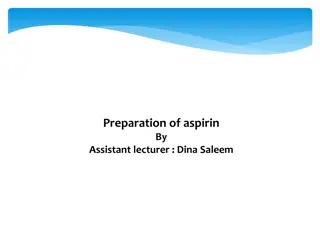
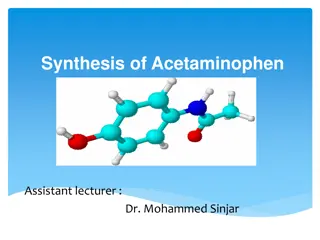
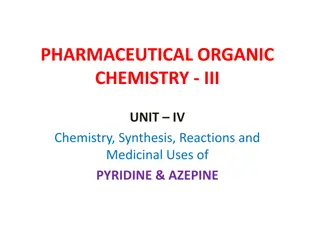


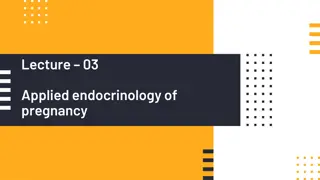
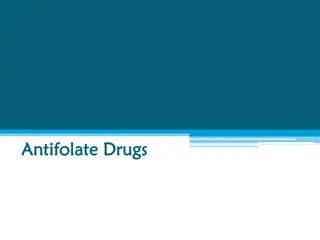
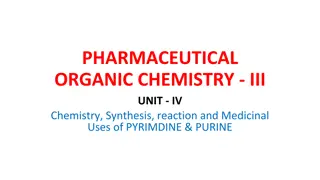
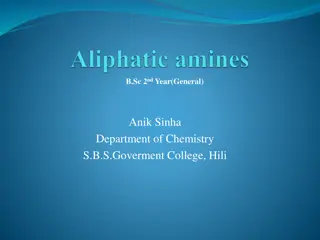

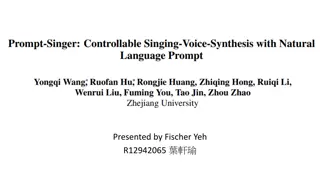
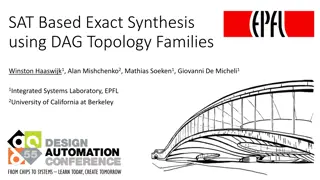
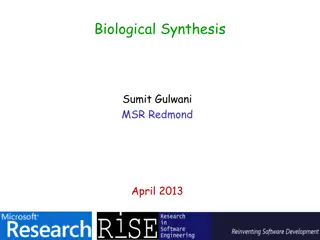
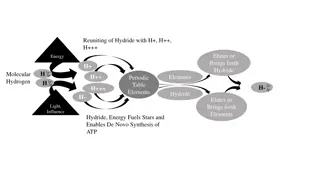
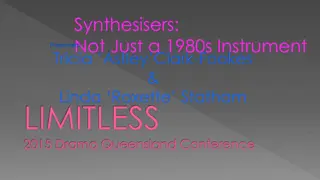

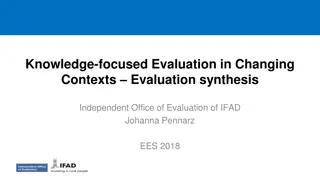
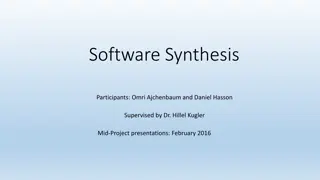
![The Synthesis of Cedranoid Sesquiterpenes via Photo-Rearrangement of Bicyclo[2.2.2] Octenones](/thumb/198279/the-synthesis-of-cedranoid-sesquiterpenes-via-photo-rearrangement-of-bicyclo-2-2-2-octenones.jpg)

